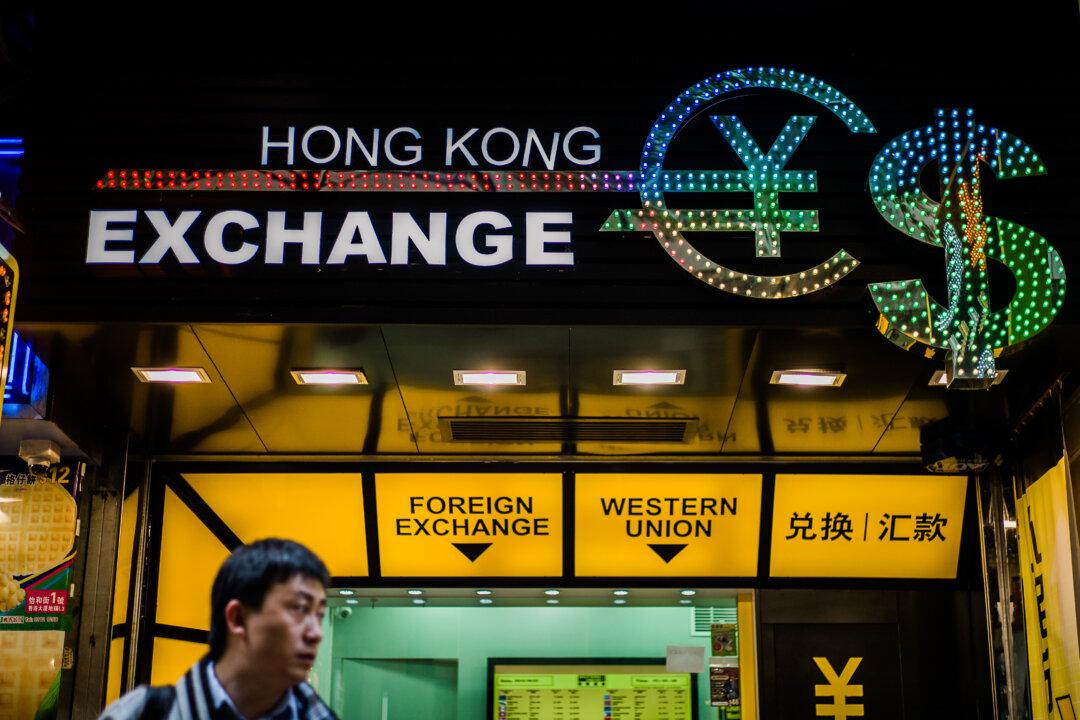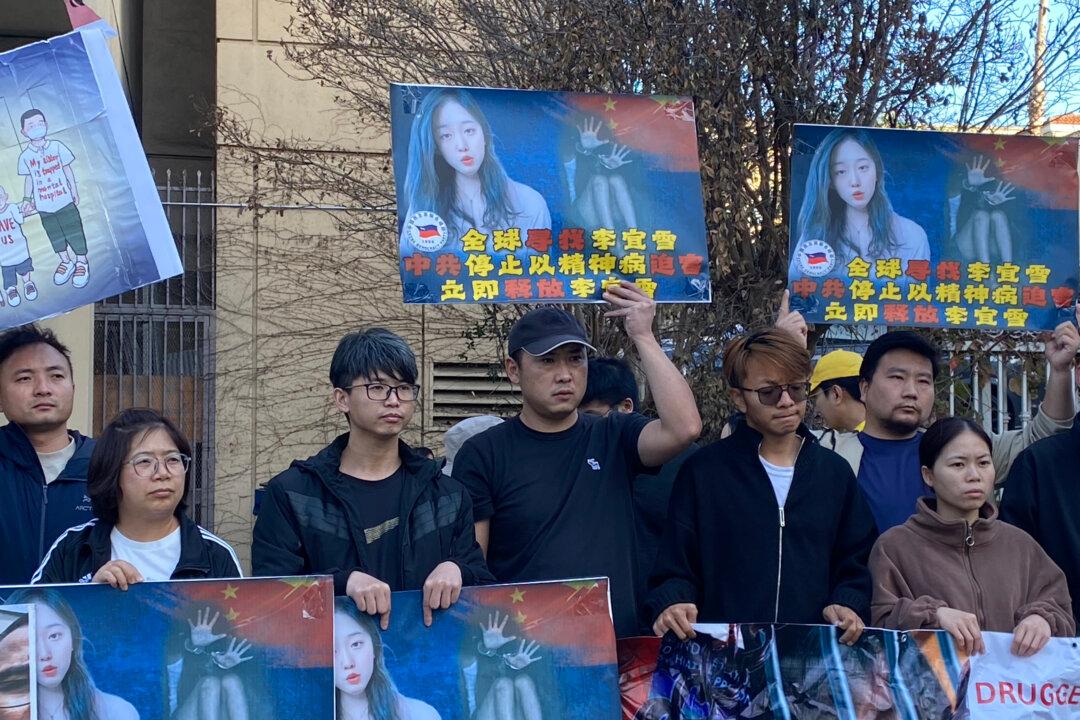A quick scan of global news this week revealed almost universally glowing reports about China’s electric vehicle (EV) industry. A Wall Street Journal article calling it a “triumph of Beijing’s industrial policy” was just one of several articles touting China’s lead in the electrification of the auto industry.
Despite the rosy headlines, however, experts say that China’s “new energy vehicle” industry, which has been funded with hundreds of billions of yuan in state subsidies, in reality, is on shaky ground.
The “new energy vehicle” category includes battery electric vehicles, plug-in hybrid electric vehicles, extended-range electric vehicles, and fuel-cell electric vehicles.
After years of COVID-induced supply disruptions and chip shortages resulting from U.S. sanctions, many Chinese electric auto companies have withdrawn from the market. Others are in the red or on the verge of bankruptcy. Buoyed by massive state subsidies, production numbers appear robust, but profits lag behind.
Meanwhile, amid an intensive price war, the China Association of Auto Manufacturers (CAAM) brokered a July 6 pricing “truce” among 16 EV automakers, including Tesla. Just two days later, on July 8, it retracted the agreement.
A Shrinking Field of Automakers
A 2022 retail sales ranking released by the China Automobile Association in January showed that 149 EV brands were sold last year. Of those 149 brands, as many as 49 reported sales of less than 500 vehicles in 2022. Some of those brands have suspended production and are on the verge of bankruptcy.That data indicates that out of the 635 vehicle makers reported by China’s EV regulatory body in March 2019, more than 76 percent have exited or are in the process of leaving the market.
2009–2019: Subsidy-Fueled Prosperity
In 2008, Elon Musk debuted his company’s first new EV, the Tesla Roadster, sparking a global electric car craze. Shortly after, Beijing decided to foster the emerging industry. The State Council issued its “auto industry restructuring and revitalization plan” on Jan. 14, 2009, proposing new energy vehicle development goals and the central financial arrangements to subsidize those goals.With the implementation of preferential policies for electric vehicles, both manufacturers and purchasers of EVS were eligible for subsidies and sales tax exemption. Cities scrambled to embrace electric cars, incentivizing EV purchases with exceptions to restrictions on car purchases and traffic flow.

From 2009 through 2019, China’s treasury handed out billions in subsidies to buyers.
Phantom Sales, Battery Swaps, Fake Licenses
China’s generous state subsidies surrounding EVs have given rise to a number of different fraud tactics. The subsidy amounts for a new energy vehicle—for instance, if subsidies from central and local governments are combined—are sometimes higher than the cost of the vehicle itself.The subsidy fraud scandal was exposed during a national investigation by China’s Ministry of Finance in 2016. That investigation found that out of 93 vehicle companies, as many as 72 were found to have cheated on subsidies.
The investigation uncovered several types of subsidy fraud.

In the NTD panel discussion, Mr. Meng noted that these schemes give rise to a peculiar phenomenon in China. New EVs are parked everywhere. They line the streets, are parked in neat rows in parking lots and under viaducts. These cars, which are not being driven, “are used to cheat for subsidies,” he said.
A Red-Hot Price War
Late last year, China’s EV market entered a fierce price war, made more intense by the looming termination of subsidies by Chinese authorities.In October, Tesla China slashed prices on its popular Chinese models. The discounts escalated further in January, with cuts that made locally produced cars up to 14 percent less expensive than in 2022.
Chinese automakers had little choice but to follow suit, and Western car companies like Ford and Volkswagen jumped into the fray. Even with a corresponding price war in the West, some cars in China were about 50 percent cheaper than they were in the United States and Europe.
Tesla China made several price cuts this year, announcing on July 1 that users could enjoy discounts ranging from 35,000 yuan to 45,000 yuan (about $4,830-$6,220) on the new Model S or Model X models. In addition, a friend’s referral could get the buyer of a new Tesla Model Y or Model 3 vehicle a cash credit of 3,500 yuan ($483), the company announced July 7.
A Struggle for Survival
In this environment, many new energy car companies that have yet to be eliminated are struggling to survive.The three most robust electric car makers in China—NIO Inc., XPeng Motors, and Li Auto—are struggling to turn a profit.

According to annual reports from the three companies, their losses surged in 2022 compared to the prior year, despite increasing sales.
Li Auto reported record sales in June. Meanwhile, deliveries picked up for NIO and XPeng forecast a surge in orders due to its cutting-edge G6 model, launched in late June.
However, Xpeng’s G6 model—its answer to Tesla’s Model Y—is widely reported to be the company’s “last stand.” And analysts don’t expect NIO to turn a profit until 2025.
A Knock-Out Race
Perhaps ironically, considering his company’s struggles, XPeng’s chairman, He Xiaopeng, said in April that the EV industry’s knock-out race has just begun, and that there will be left no more than ten mainstream automakers in China in the next ten years.The revenue losses are even more alarming when one considers that more than 100 billion yuan ($14 billion) has been invested in new energy vehicles in China over the past 13 years, according to figures from China’s Ministry of Information.
That number is “not including the investments absorbed by hundreds of so-called new energy vehicle companies,” Mr. Meng said. It is clear, he said, that China’s EV manufacturers are not actually making money but are ”relying on the state subsidies.”
Heavy reliance on state subsidies masks the Chinese EV industry’s lack of global competitiveness, Mr. Meng added. He expects a technology bottleneck and chip shortage caused by U.S. sanctions to further hamper long-term development.





